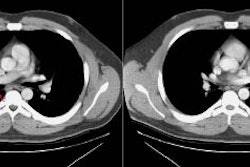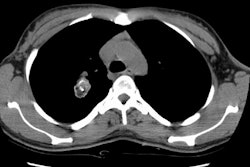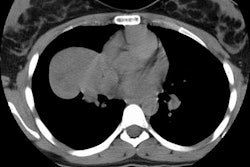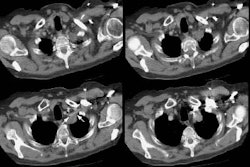AIDS-related bronchogenic carcinoma: fact or fiction?
Parker MS, Leveno DM, Campbell TJ, Worrell JA, Carozza SE
OBJECTIVE: Case reviews and retrospective analyses have raised the possibility of an increased frequency of primary lung carcinoma in HIV- and AIDS-infected patients. Conclusions have often been controversial and conflicting. We conducted a population-based epidemiologic study to assess the incidence of lung neoplasms in an HIV/AIDS cohort. MATERIALS AND METHODS: The Texas Department of Health generated descriptive data on lung neoplasms in HIV-AIDS patients whose conditions were diagnosed between 1990 and 1995. The cancer registry matched against all patients whose conditions were diagnosed during the same time interval. Relative risk was measured through standardized incidence ratios of lung neoplasms in the HIV-AIDS population as compared with that of the US population. RESULTS: The HIV-AIDS data file included 26,181 cases. A total of 76 lung cancer cases were identified, of which 36 (47.4%) were primary lung cancers. All major histologies were represented. The observed (36)/expected (5.6) ratio (standard incidence ratio) for primary lung cancer compared to the US population was 6.5 (4.5 to 8.9, 95% confidence interval). CONCLUSIONS: Our data indicate a 6.5-fold increased incidence of primary lung cancer in HIV- and AIDS-infected patients. We present the results of our study, a review of the work of other investigators, and address a potentially even greater public health problem in the HIV/AIDS population than previously realized.



